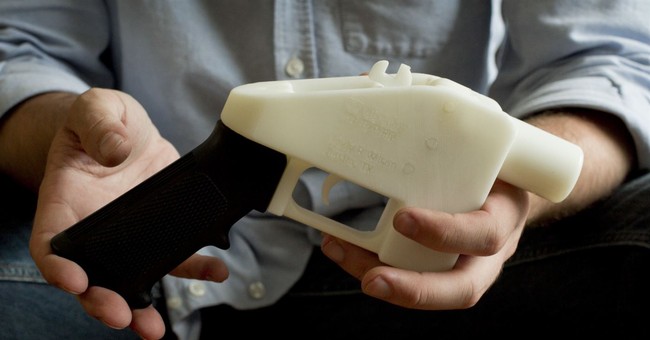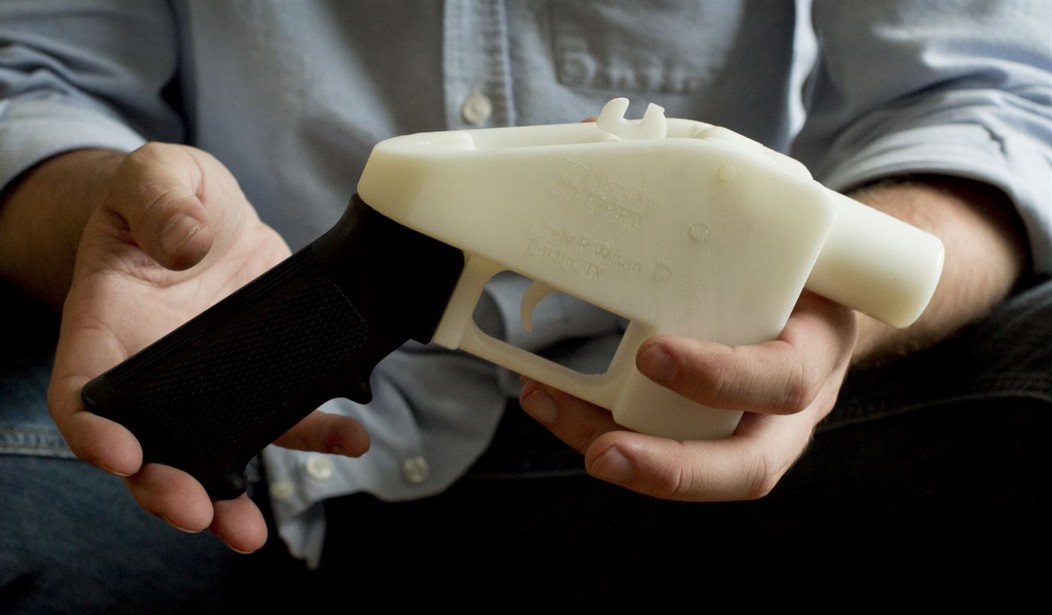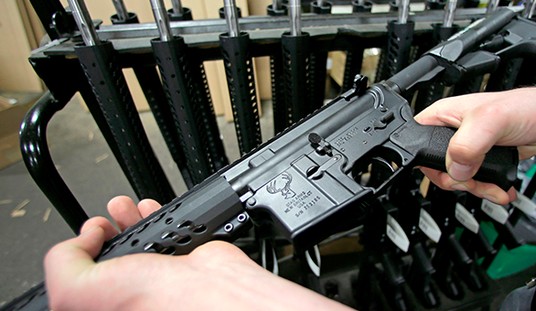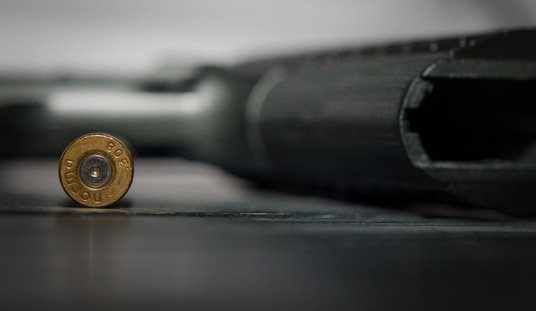
One of the biggest knocks anti-gunners keep throwing out against 3D printed firearms is that they’re virtually untraceable. While that same caveat applies to all homebuilt firearms, for some reason, 3D printed guns are especially terrifying, and part of that stems from that supposedly untraceable manner.
After all, the guns lack serial numbers and never show up in ATF paperwork.
But they might not be as untraceable as many have thought.
Guns assembled from digital files come without traditional safeguards like serial numbers (just like perfectly legal home-built firearms), but a researcher from the University of Buffalo claims to have developed a new method for tracing the weapons.
Wenyao Xu, a professor in the University of Buffalo’s Department of Computer Science and Engineering, calls the technology “PrinTracker.” Xu’s research pertains to 3D-printing, rather than the minutiae of 3D-printed guns. In a press release, he explains that even devoid of a serial number, identifying markers are already embedded in the firearms similar to birthmarks left from the 3D-printing process.
3D-printers layer plastic or other filaments on top of each other, fashioning a gun or much more ambitious projects like a military barracks. But every printer comes with its own peculiarities, often reflected by its filament type and nozzle size. Every printer creates its own “wrinkles,” or what Xu call’s “fingerprints”—identifying markers that can link a gun back to its creator.
The university explains part of the methodology:
Each layer of a 3D-printed object contains tiny wrinkles — usually measured in submillimeters — called in-fill patterns. These patterns are supposed to be uniform. However, the printer’s model type, filament, nozzle size and other factors cause slight imperfections in the patterns. The result is an object that does not match its design plan.
For the study, a research team printed 5 door keys from 14 separate 3D-printers. The team took photos of each key, then digitally enhanced them to see deep into the filament pattern. The images were sorted through an algorithm, meant to specify their variations and match them to a printer.
Researchers had a 99.8 percent success rate matching the keys to their respective printers. The results stayed the same when the team tested the model again ten months later.
Now, this doesn’t really mean much in the grand scheme of things for most of us. The traceability of firearms isn’t much of a criterion many consider when pondering a particular firearm, after all. I don’t care if my guns can be traced or not.
But this does represent an important move in countering the anti-gun argument that 3D printed guns can’t be traced, thus must be banned.
After all, they can be traced, which undermines that entire line of argument.
That’s not to say this development will stop such guns from being banned, mind you, because anti-gunners want to ban everything. However, this should help unmask their true motivations. It’s not about whether a gun can be traced or not. It’s about whether or not someone can have a gun, period.
That’s what this has always been about.
In this case, though, their argument no longer seems to hold any water.








Join the conversation as a VIP Member